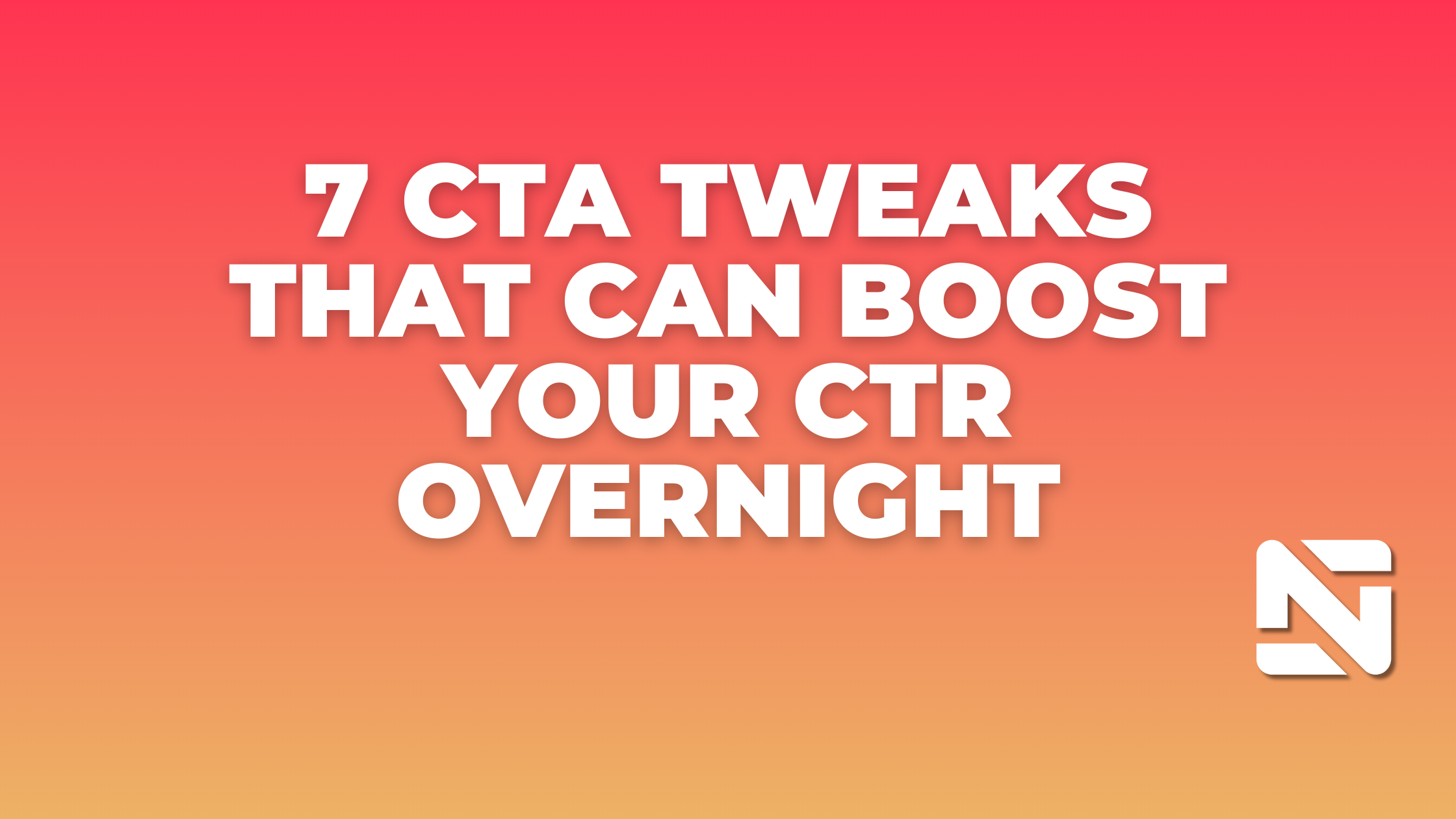Typography is more than letters. It's architecture, rhythm, and expression. One of the unsung heroes of type design is the descender. Though subtle, it plays a vital role in how text looks and feels. In the world of design, understanding what descenders are in typography gives you a sharper eye and better creative control. So, let’s decode this beautiful typographic feature.
A descender is the part of a lowercase letter that drops below the baseline—the invisible line on which most letters rest. For example, in letters like g, j, p, q, and y, the strokes that dip downward are the descenders.
For a deeper dive into how fonts are technically structured, visit Adobe’s typography glossary for excellent visuals and definitions.
Common Letters with Descenders
Descenders are commonly seen in these lowercase letters:
- g
- j
- p
- q
- y
While most letters rest neatly on the baseline, these select few extend below it, giving type a grounded, dynamic feel.
Why Descenders Matter in Typography
They Improve Readability
According to Fontsmith’s guide on typographic anatomy, descenders create visual separation that helps readers differentiate between letters at a glance. This becomes especially important in body text or at small sizes.
They Influence Line Spacing
Descenders interact with the ascenders (strokes that go above the x-height like in h, l, b). In tight layouts, improper line spacing can lead to visual crowding. Design experts on Typewolf recommend increasing leading to create a visually breathable layout when using fonts with prominent descenders.
They Convey Typeface Personality
Fonts with long, curved descenders—like in Playfair Display—feel classic and romantic. In contrast, short descenders, like those in Helvetica, appear modern and clean. These subtle touches convey emotion, style, and brand tone.
Want to elevate your visuals even further? Discover 3 tips to make graphics that pop and learn how typography pairs perfectly with compelling design elements.
Typography Architecture: How Descenders Fit In
Think of typography like a city skyline. The baseline is the street level. Ascenders are rooftops. Descenders? They’re the hidden underground levels—essential to the structure, even if often overlooked.
Resources like Fonts.com offer an excellent breakdown of type anatomy, showing how parts like descenders and ascenders fit together in a complete system.
How to Design with Descenders in Mind
Here are practical tips for using descenders wisely:
- Give Vertical Room: Avoid descender-ascender collisions by increasing leading or line spacing.
- Balance Lowercase Designs: In all-lowercase text, descenders affect how lines align—make adjustments accordingly.
- Select Fonts Thoughtfully: Browse typefaces on Google Fonts and preview them in paragraph settings. Look for harmony in descenders and ascenders.
- Consider Logo Constraints: In logo design, long descenders can disrupt symmetry. You may need to customize them (like in the original Pinterest logo).
- Test in Real Contexts: Use mockups or responsive design previews from tools like Figma to see how descenders behave on mobile and desktop layouts.
What Fonts Have Unique Descenders?
Some fonts make descenders a signature feature. For example:
- Garamond: With elegant, flowing descenders, it’s perfect for literature and classic publications.
- Raleway: Clean and modern, its short descenders keep paragraphs tidy.
- Dancing Script: A decorative script font with dramatic descenders—ideal for invitations and creative branding.
Typography Trends: Descenders in the Digital Age
Modern UI/UX typography trends lean toward simplicity. But that doesn’t mean descenders are out. Instead, digital designers are opting for web-safe fonts with compact descenders—ensuring clarity across screen sizes.
For a glimpse into how typography is evolving in digital design, check Smashing Magazine’s typography guides.
Why Designers Should Love Descenders
Descenders may look like minor flourishes, but they carry a surprising amount of design weight. They bring elegance, distinguish characters, and influence visual flow. When used well, they enrich the user’s reading experience—and elevate your design from functional to fantastic.
The next time you adjust your type settings, pause and appreciate the curves below the line. There’s beauty and balance hidden in those little strokes.
Typography influences more than readability—it’s a branding powerhouse. Consistent use of type, especially the treatment of descenders, defines tone and professionalism. If you're building a visual identity, start with the essentials in this guide to building a better brand.





